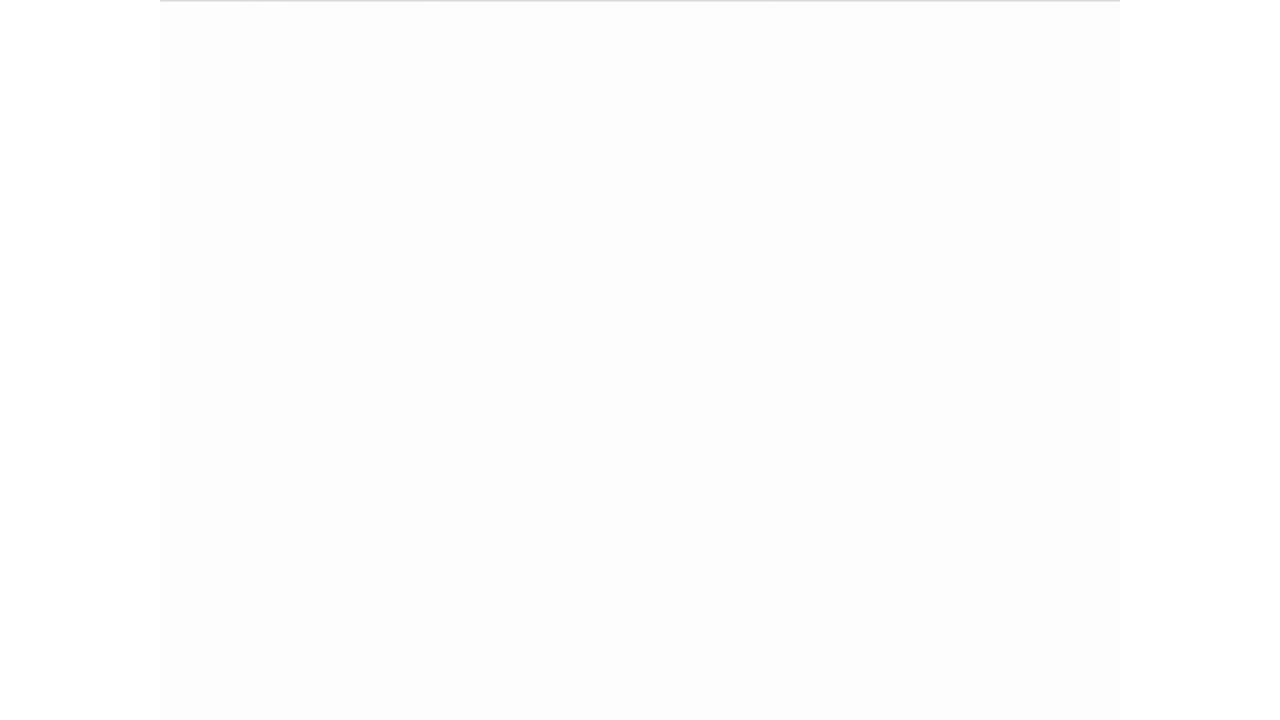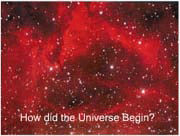In the 1960s, an informed but naïve undergraduate, I was walking across the campus of the University of Pennsylvania with the Chairman of the Chemistry Department, Prof. Charles C. Price. He told me that he was president of the United World Federalists, and asked if I knew what that organization was. When I said that I did not, he replied that they believed in a one-world government that would grow out of the United Nations. I was nonplussed as I had never heard anyone suggest that idea before. To me, the United Nations was a benevolent organization dedicated to pressuring the world community in the direction of peace, and to operating charitable programs to help the struggling, impoverished peoples of the world. I imagined the UN as a kind of United Way on a worldwide scale.
In 2015, seventy years after their original rights-based document, the UN took a giant step towards the global government that was only hinted at in their first organizing document. They issued a document entitled “Transforming Our World: the 2030 Agenda for Sustainable Development.” This document has 91 numbered sections of the UN’s program for world government. The UDHR is only referenced once in the entire document in Article 19. Unlike the original “mother document” that was under 1900 words, this document is 14,883 words. The 91 items are addressing issues under the five headings of People, Planet, Prosperity, Peace, and Partnership. Additionally, the document provides 17 Sustainable Development Goals (SDGs) to improve life on the planet.






